How-To: Install JDM Bullbar... again.
Hello all. I picked up a JDM Bullbar for my wagon and have a few install pics. I know there is already another great install thread, but I figured I would add my adventure to the forum. The excellent thread I used to reference was here from Charb1618:
viewtopic.php?f=9&t=9667&hilit=bull+bar+install
Thanks for the great how-to Charb1618! I wouldn't have attempted this without your pics and info.
One thing to note, I found it much easier to do all the wiring prior to bolting on the Bullbar. For the wiring ‘how-to’ that I made, please click below:
http://www.hondacivicwagon.com/bb/viewtopic.php?f=10&t=16783
Step 1: Install upper Bullbar bracket to the license plate holes.
The good thing about our cars is that Honda has provisions to fit the USDM plates as well as the JDM ones so no modifications are needed.
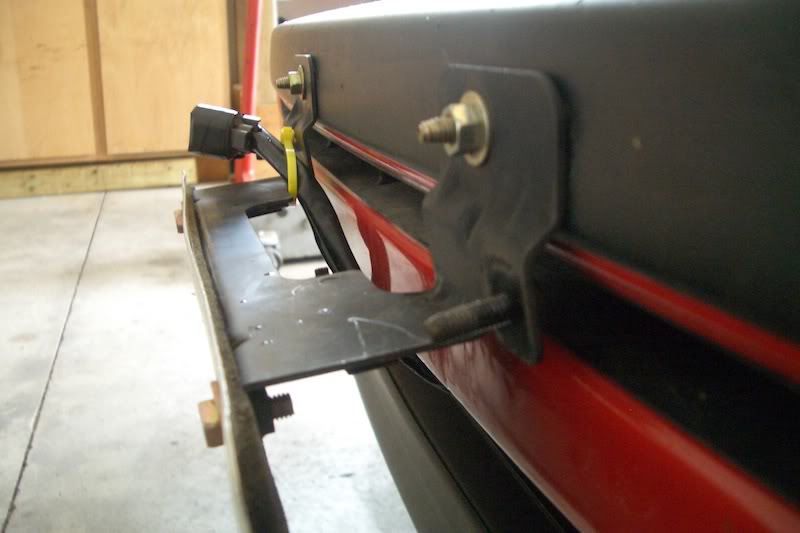
Step 2: Modify the license plate to fit the bracket. (or vice versa)
The holes on the Bullbar bracket are made to fit the wider JDM plate, so you can either drill new holes on the bracket (there are outlines on the bracket for where a USDM hole would be used) or you can do what I did and drill new holes on the license plate. I chose to just drill new holes in my front plate… it’s really up to you. Either way, make sure you use a punch to help guide the drill bit.
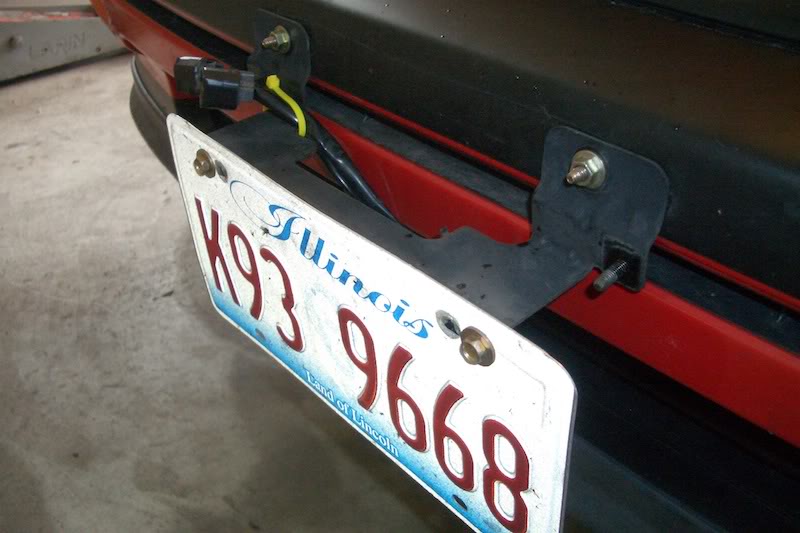
Step 3: Test fit the Bullbar.
At this point, you can fit the Bullbar on the upper bracket and then crawl under the car to see what areas will need to be modified. The first area is the plastic undertray (if your car still has one). You can see in the pic below I drew a rough line with a paint marker around the area that needs trimmed out in order to allow the Bullbar to seat all the way up. I pulled the plastic trays off and used a Dremel to cut out the holes. Once the trays are modified, leave them off the car until the installation is complete. You will have more room to do your final measuring and fitment.
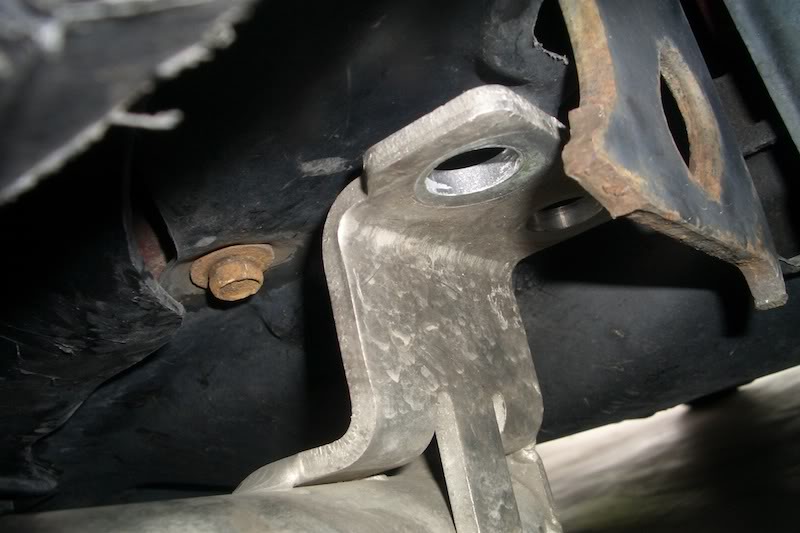
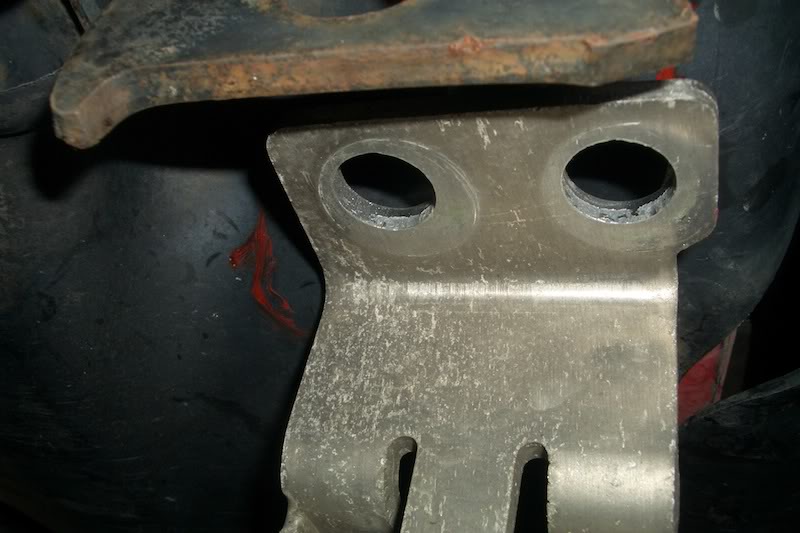
The next area that needs test fit is on the lower radiator support. Unfortunately, there is a pinch lip on the lower radiator support on the USDM models that interfere with the lower Bullbar bracket. I took a white paint market and traced around the edge of the lower Bullbar bracket to determine what area needs removed.
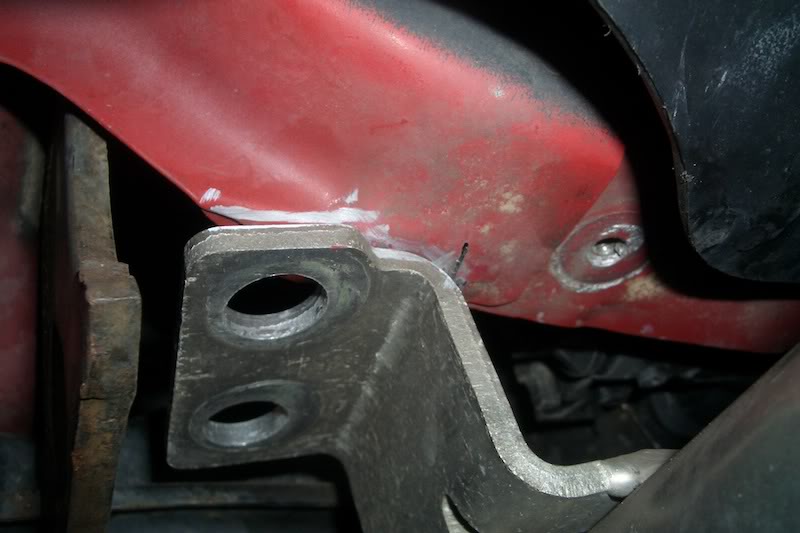
After looking at the area, it was really only the lip portion that stuck out that was interfering, so I decided to cut a slit in the metal with the Dremel and bend the lip 180 degrees. I did this with a pair of vice grips and tapped it up flush with a small sledge. This allows for the lip to be more structurally functional than cutting the whole area out. A bit more clearance would have been nice, but I like to minimize the amount of change to any design that I can.
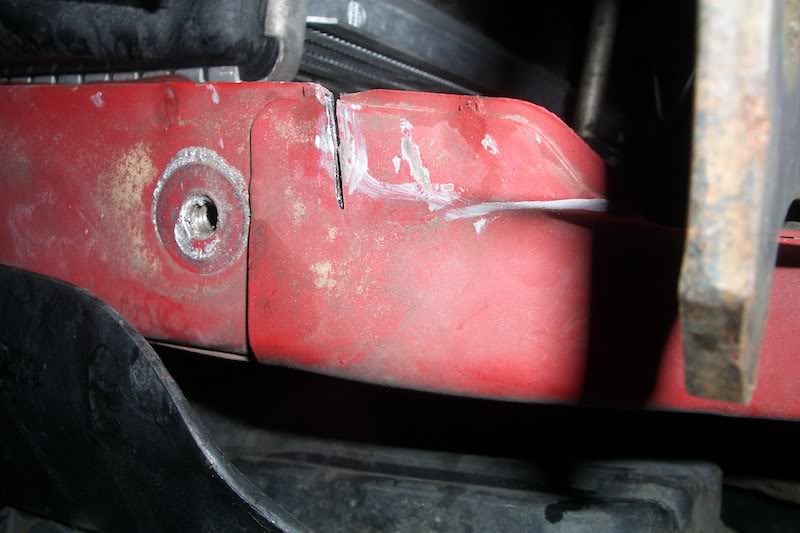
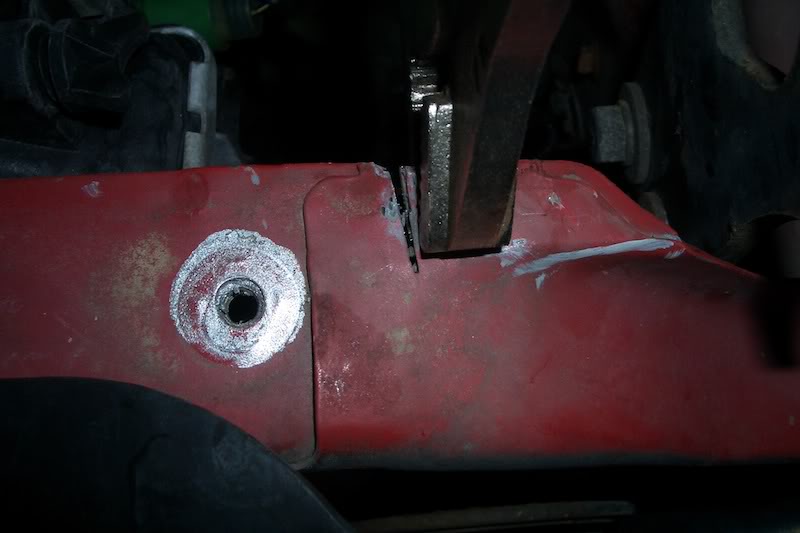
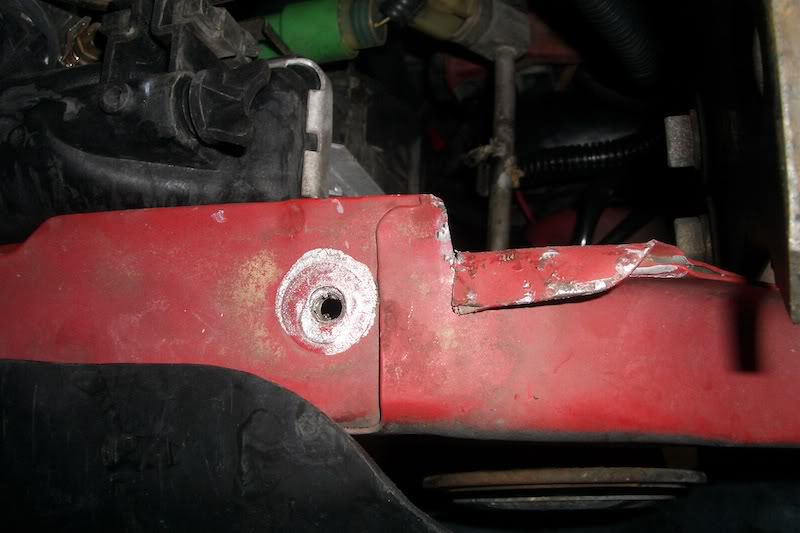
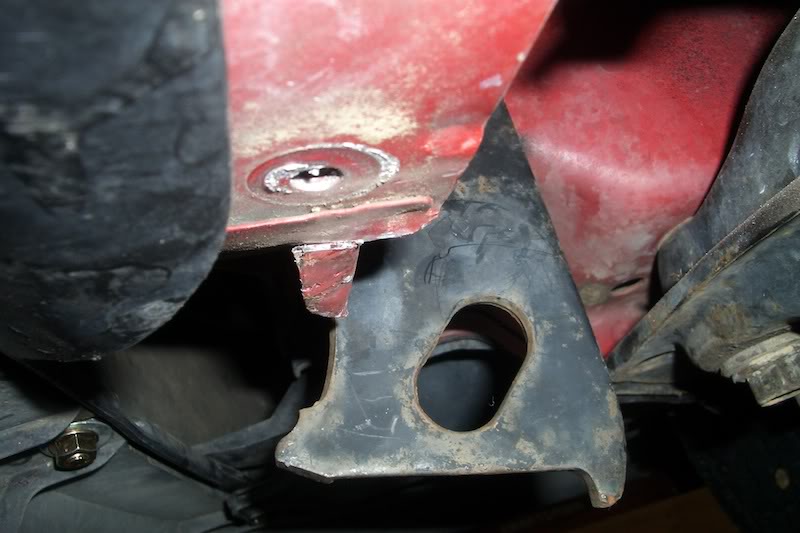
Step 4: Undercoat the exposed areas.
Since I cut on the metal and exposed it to the wonderful elements found in central Illinois such as summer humidity and winter salt, I applied some undercoating. Undercoating can be messy, so I just sprayed some on a piece of cardboard and brushed it the areas. Doing it with a brush is kind of a pain because of the consistency of the undercoating, but you get the idea. The pic below is after only one coating, I would recommend additional coats.
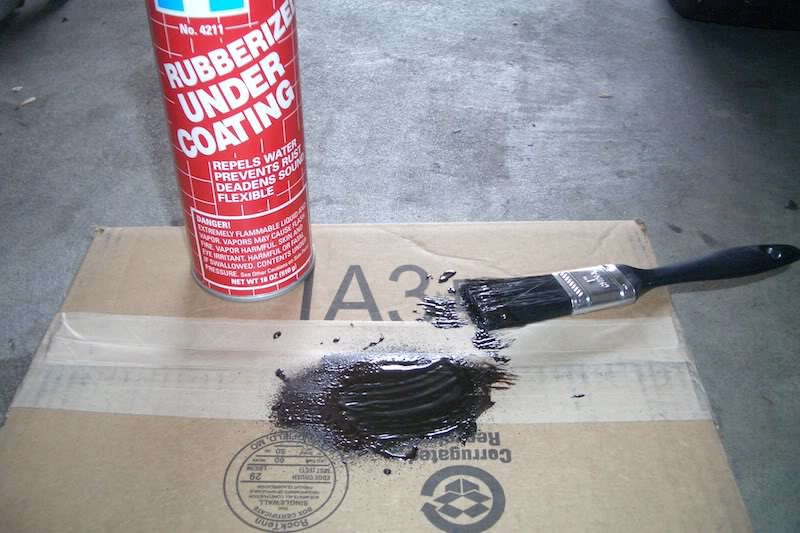
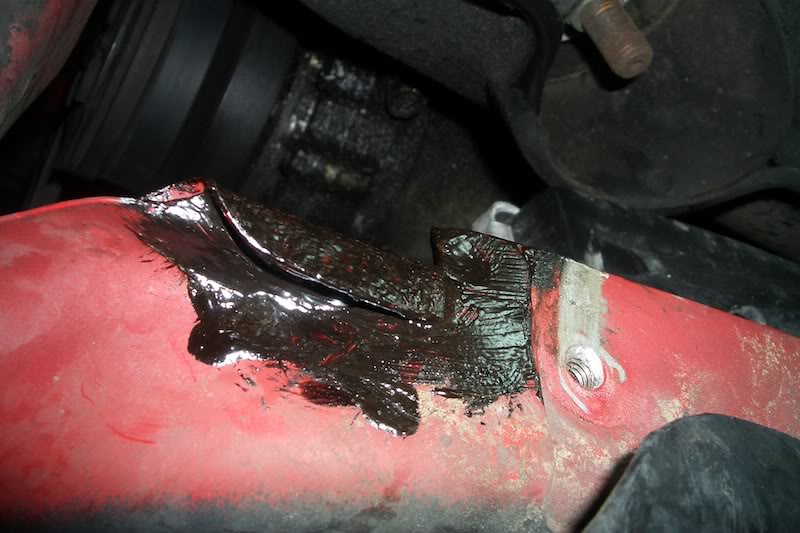
Step 5: Line the lower Bullbar bracket up with the factory tow hooks and mark where a mounting bracket needs to be installed.
This can get a little tricky as there is not much room to get your hands, eyes, measurements, etc in this tight area. There are many ways to do it, but my homemade style is what worked for me. I had some small ‘L’ brackets left over from another project and used a binder clip to attach it to the tow hook. This allowed me to move the ‘L’ brackets up and down to the proper height matching the lower Bullbar bracket’s height and angle. Once again, not the best way, but you do what you gotta do sometimes. After I determined the correct position of the bracket I drew a line on the tow hook with a paint marker.
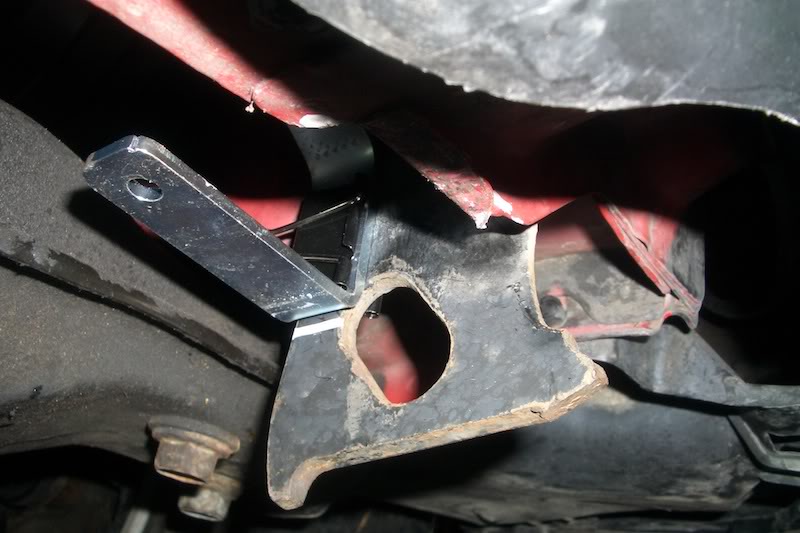
Step 6: Weld the new mounting bracket to the tow hook.
My buddy who did the welding chose to use a ‘L’ shaped bracket to weld on the tow hook for added strength. At first we tried a ‘U’ shaped one, but there was not enough room for the bolt spacing on the lower Bullbar bracket. After the new bracket was welded, I found it easier to bolt the tow hook back on the car from the top side since the new bracket prevented easy access to the tow hook mounting location from the underneath.
With the bracket back on the car I test fit the Bullbar again and marked where on the new tow hook brackets I needed to drill the mounting holes for the lower Bullbar bracket to mount to. Once this was done I drilled the holes and repainted the tow hooks.
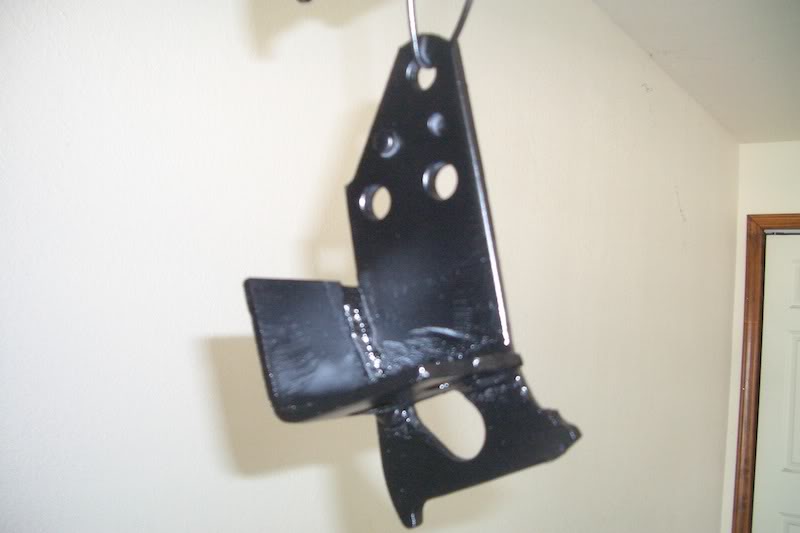
Step 7: Final fitment of the Bullbar and mounting it to the new lower tow hook brackets.
Due to the lack of space under the car, I used bolts that were a bit smaller than the OEM ones. This allowed more flexibility with adjusting the position of the Bullbar. I had to bump up in washer size to accommodate the gap I had since using a smaller diameter bolt, but I don’t expect it to be an issue. Besides, it’s not like I will be pulling trees out of the ground with my car. ☺
I drilled the holes on the tow hook bracket to fit a M12 bolt so I used a standard M12 washer on the bolt head. However, on the nut end I stepped my washer size out to compensate for the larger holes on the lower Bullbar bracket. Starting from the bracket position out I used M14 washer, M12 washer, M12 lock washer, and M12 nut. All the hardware I used was Grade 8 so it should be plenty strong. I was amazed at how solid this thing was once all tightened up.
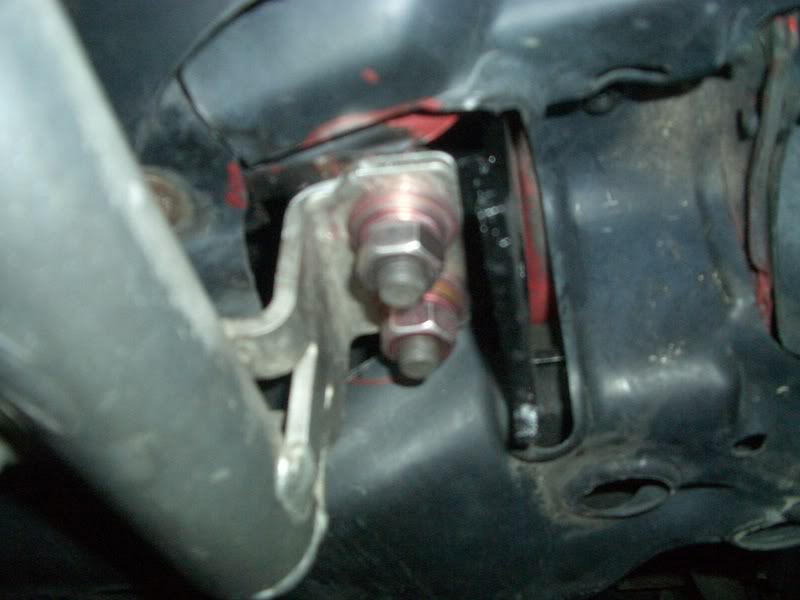
Step 8: Connect the PIAA fog lights to the wiring harness.
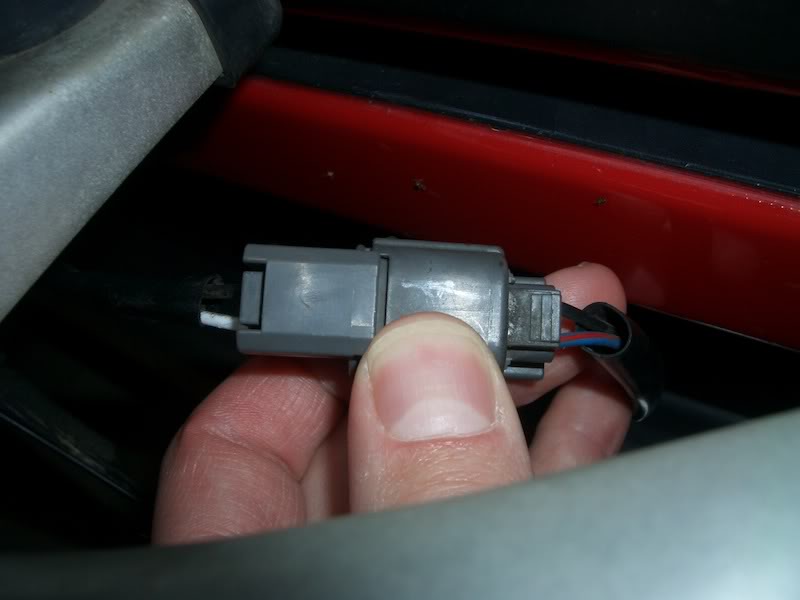
I have created another ‘how-to’ on the wiring that can be found here:
LINK SOON TO BE HERE
Step 9: Enjoy your new Bullbar for that classy JDM style. ;-)
BTW… if anyone is wondering, I have a DA Integra front lip that I installed at the same time. The Bullbar just barely clears it without any issues.
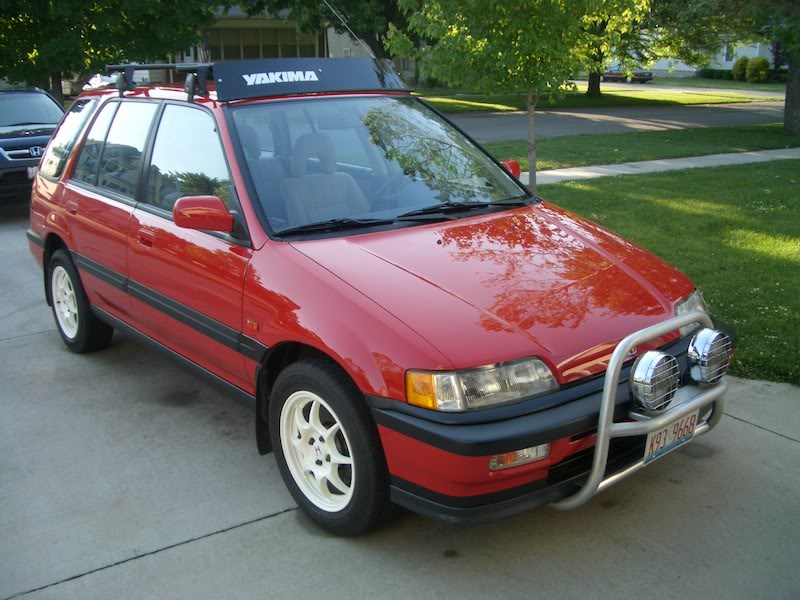
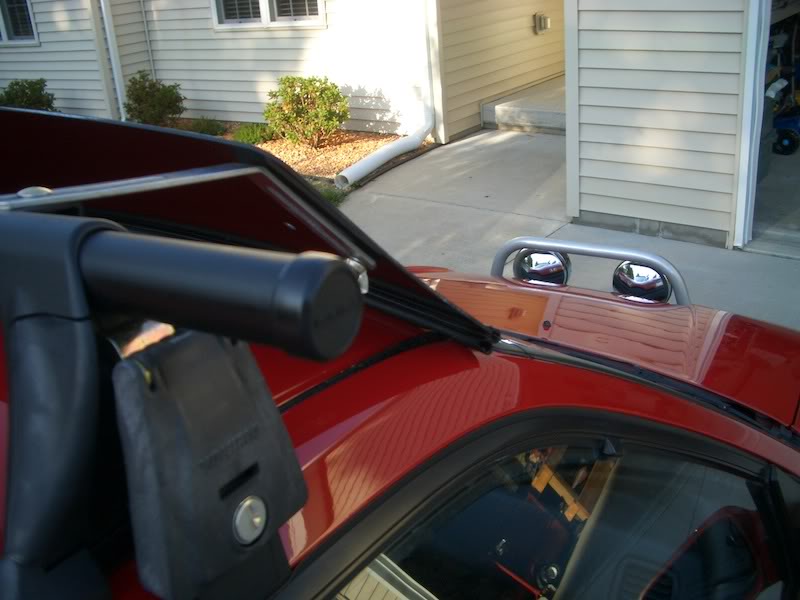
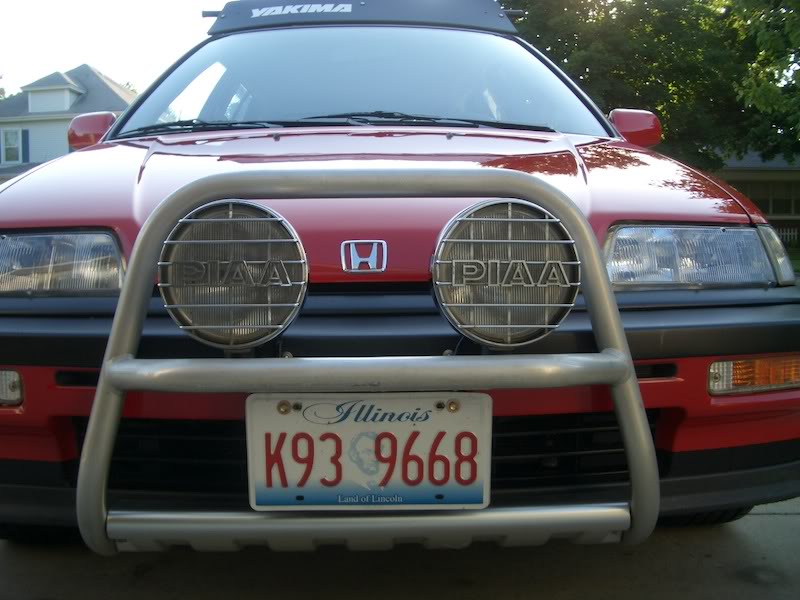
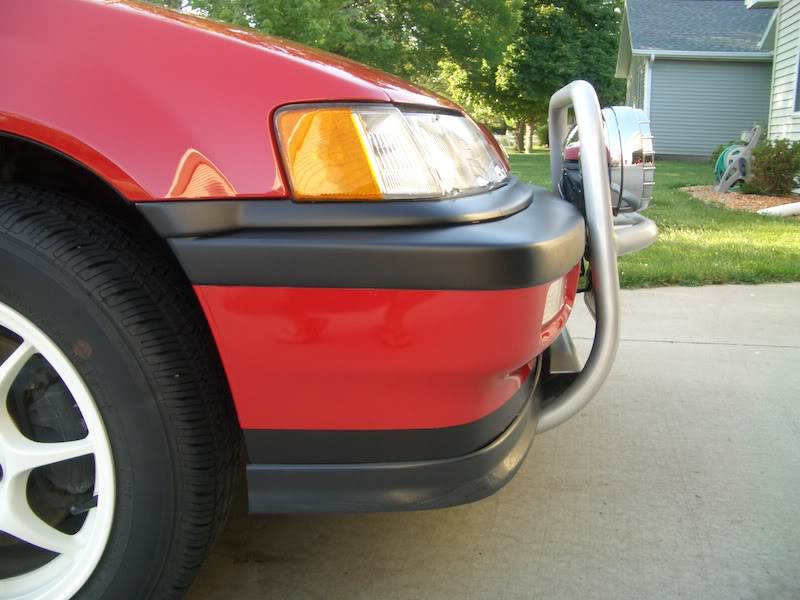
Thanks for looking!
Brad
viewtopic.php?f=9&t=9667&hilit=bull+bar+install
Thanks for the great how-to Charb1618! I wouldn't have attempted this without your pics and info.
One thing to note, I found it much easier to do all the wiring prior to bolting on the Bullbar. For the wiring ‘how-to’ that I made, please click below:
http://www.hondacivicwagon.com/bb/viewtopic.php?f=10&t=16783
Step 1: Install upper Bullbar bracket to the license plate holes.
The good thing about our cars is that Honda has provisions to fit the USDM plates as well as the JDM ones so no modifications are needed.

Step 2: Modify the license plate to fit the bracket. (or vice versa)
The holes on the Bullbar bracket are made to fit the wider JDM plate, so you can either drill new holes on the bracket (there are outlines on the bracket for where a USDM hole would be used) or you can do what I did and drill new holes on the license plate. I chose to just drill new holes in my front plate… it’s really up to you. Either way, make sure you use a punch to help guide the drill bit.

Step 3: Test fit the Bullbar.
At this point, you can fit the Bullbar on the upper bracket and then crawl under the car to see what areas will need to be modified. The first area is the plastic undertray (if your car still has one). You can see in the pic below I drew a rough line with a paint marker around the area that needs trimmed out in order to allow the Bullbar to seat all the way up. I pulled the plastic trays off and used a Dremel to cut out the holes. Once the trays are modified, leave them off the car until the installation is complete. You will have more room to do your final measuring and fitment.


The next area that needs test fit is on the lower radiator support. Unfortunately, there is a pinch lip on the lower radiator support on the USDM models that interfere with the lower Bullbar bracket. I took a white paint market and traced around the edge of the lower Bullbar bracket to determine what area needs removed.

After looking at the area, it was really only the lip portion that stuck out that was interfering, so I decided to cut a slit in the metal with the Dremel and bend the lip 180 degrees. I did this with a pair of vice grips and tapped it up flush with a small sledge. This allows for the lip to be more structurally functional than cutting the whole area out. A bit more clearance would have been nice, but I like to minimize the amount of change to any design that I can.




Step 4: Undercoat the exposed areas.
Since I cut on the metal and exposed it to the wonderful elements found in central Illinois such as summer humidity and winter salt, I applied some undercoating. Undercoating can be messy, so I just sprayed some on a piece of cardboard and brushed it the areas. Doing it with a brush is kind of a pain because of the consistency of the undercoating, but you get the idea. The pic below is after only one coating, I would recommend additional coats.


Step 5: Line the lower Bullbar bracket up with the factory tow hooks and mark where a mounting bracket needs to be installed.
This can get a little tricky as there is not much room to get your hands, eyes, measurements, etc in this tight area. There are many ways to do it, but my homemade style is what worked for me. I had some small ‘L’ brackets left over from another project and used a binder clip to attach it to the tow hook. This allowed me to move the ‘L’ brackets up and down to the proper height matching the lower Bullbar bracket’s height and angle. Once again, not the best way, but you do what you gotta do sometimes. After I determined the correct position of the bracket I drew a line on the tow hook with a paint marker.

Step 6: Weld the new mounting bracket to the tow hook.
My buddy who did the welding chose to use a ‘L’ shaped bracket to weld on the tow hook for added strength. At first we tried a ‘U’ shaped one, but there was not enough room for the bolt spacing on the lower Bullbar bracket. After the new bracket was welded, I found it easier to bolt the tow hook back on the car from the top side since the new bracket prevented easy access to the tow hook mounting location from the underneath.
With the bracket back on the car I test fit the Bullbar again and marked where on the new tow hook brackets I needed to drill the mounting holes for the lower Bullbar bracket to mount to. Once this was done I drilled the holes and repainted the tow hooks.

Step 7: Final fitment of the Bullbar and mounting it to the new lower tow hook brackets.
Due to the lack of space under the car, I used bolts that were a bit smaller than the OEM ones. This allowed more flexibility with adjusting the position of the Bullbar. I had to bump up in washer size to accommodate the gap I had since using a smaller diameter bolt, but I don’t expect it to be an issue. Besides, it’s not like I will be pulling trees out of the ground with my car. ☺
I drilled the holes on the tow hook bracket to fit a M12 bolt so I used a standard M12 washer on the bolt head. However, on the nut end I stepped my washer size out to compensate for the larger holes on the lower Bullbar bracket. Starting from the bracket position out I used M14 washer, M12 washer, M12 lock washer, and M12 nut. All the hardware I used was Grade 8 so it should be plenty strong. I was amazed at how solid this thing was once all tightened up.

Step 8: Connect the PIAA fog lights to the wiring harness.

I have created another ‘how-to’ on the wiring that can be found here:
LINK SOON TO BE HERE
Step 9: Enjoy your new Bullbar for that classy JDM style. ;-)
BTW… if anyone is wondering, I have a DA Integra front lip that I installed at the same time. The Bullbar just barely clears it without any issues.




Thanks for looking!
Brad
Comments